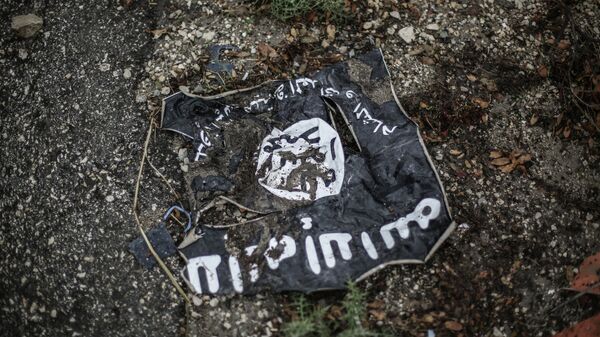Since Daesh declared its caliphate in 2014, a number of anomalous incidents have occurred at nuclear power plant sites across Belgium. In August, a worker at Doel-4 drained a nuclear reactor valve, causing $100 million in damage. A worker from the same facility later left the country to join Daesh in Syria.
In the wake of the recent Brussels attacks, authorities discovered that the bombers were in possession of surveillance footage of an expert at the SCK-CEN nuclear research facility. In another incident, a security guard at Belgium’s national radioactive elements institute was found murdered.
Taken together, these incidents point to a terrorist group’s interest in either causing a nuclear meltdown or obtaining nuclear material to make a dirty bomb.
Most experts dismiss the first scenario. While sabotaging a nuclear reactor could certainly cause widespread devastation, doing so would require specialized knowledge of not only nuclear engineering, but also the unique security features of any given plant.
Since the Paris attacks, many governments have increased security at reactor sites, making this possibility even more difficult for any would-be saboteur.
But according to Matthew Bunn, co-principal investigator at the Project on Managing the Atom at Harvard’s Belfer Center, the second scenario is far more plausible.
"Radiological materials are available in many locations where they would be much easier to steal, in hospitals, industrial sites, and more," Bunn wrote in an upcoming blog post obtained by Defense One.
By reconfiguring these materials into a conventional bomb, terrorists could poison an area with nuclear radiation. While this would not cause the same level of devastation as an atomic weapon, it would still create lingering contamination that would last well after the initial blast, and greatly increase the danger to any first responders.
Bunn cites a report from the Nuclear Threat Initiative, which notes that there are "tens of thousands of radiological sources located in more than 100 countries around the world." The same report also found that in 2013 and 2014, there were 325 instances of radioactive materials being misplaced or stolen.
"Repeated government studies, in the United States and elsewhere, have concluded that this is not far-fetched," Bunn wrote.
He also points to 13 incidents between 1993 and 2014 in which "illegal possession, sale, or movement" of highly enriched uranium occurred.
"Incidents involving attempts to sell nuclear or other radioactive material indicate that there is a perceived demand for such material," he wrote. "The number of successful transactions is not known and therefore it is difficult to accurately characterize an 'illicit nuclear market.'"
Given that a group was able to coordinate a series of attacks that killed 130 people across Paris using only conventional firearms, the possibility of a nuclear attack of any kind shouldn’t be taken lightly.





